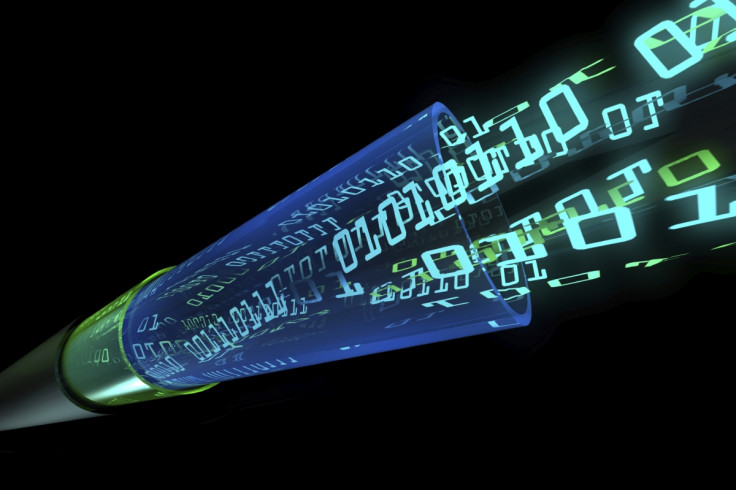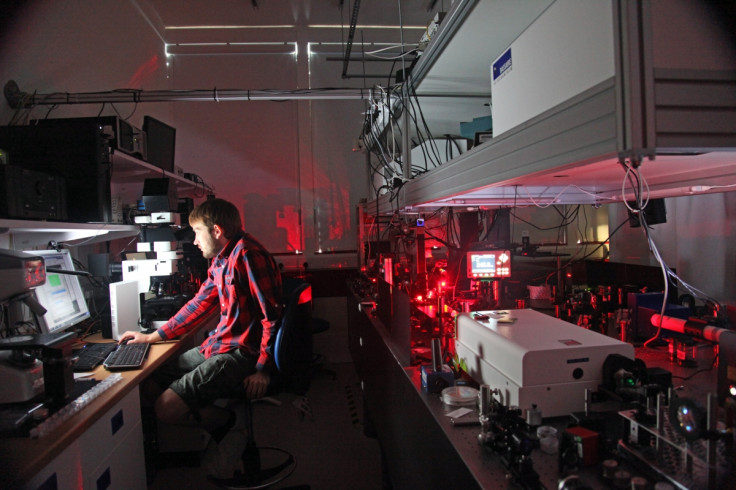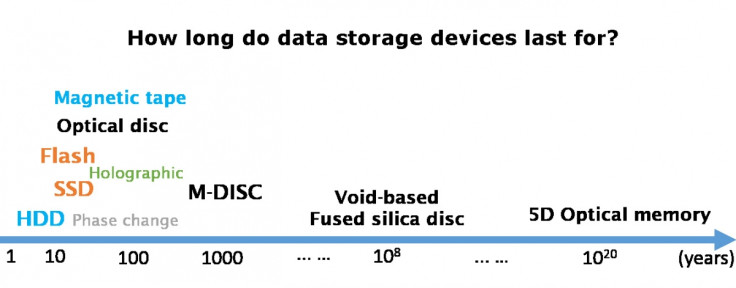Scientists smash data storage records with 360TB glass device that saves files for billions of years

Optical scientists from the University of Southampton have developed a new revolutionary method called 5D optical memory, where up to 360TB of data can be stored on glass for billions of years, which could help mankind to be remembered ages after we are gone.
In order to store data in glass, scientists need to make use of nanogratings, which put simply, refers to a nanoscale grating created by shooting extremely fast femtosecond laser pulses of light at a material – usually metal or glass – to produce grooves or markings in it. In popular culture, this would be something similar to Superman using the laser beams in his eyes to store information in the memory crystals of the Fortress of Solitude.
Nanogratings were first invented in 1999 by Professor Peter Kazansky, who leads a group in physical optoelectronics at a research centre at the University of Southampton. Developing that technique, in 2011 researchers at the university also discovered how to store up to 50GB of data in glass shards by using the lasers to create tiny dots called "voids" in to pure silica glass.
The idea is that the femtosecond laser writes information into the glass by changing the way light moves through it, and each tiny dot created is able to store one bit of information. This 3D optical data storage method is similar to that used by CDs, DVDs and Blu-ray discs today, and the researchers have recorded a copy each of the Magna Carta, the King James Bible and the UN Declaration of Human Rights to glass to preserve them.
Moving to five-dimensional data storage in glass

But to make glass digital data storage devices a viable reality, the researchers, including photonics and optoelectronics PhD students Aušra Cerkauskaite, Aabid Patel and Rokas Drevinskas, have now developed a method of reading and writing data to glass, using a five-dimensional (5D) digital data storage method whereby instead of tiny dots, the femtosecond lasers create self-assembling nanostructures.
Depending on the orientation of the structures as well as strength of the structures (which is determined by how long the glass is exposed to light), the scientists found that they could increase the capacity of each dot in the glass, so that each dot is able to store three bits of information, instead of one.

Hence, the orientation and strength of the nanogratings become the fourth and fifth dimensions needed to store data in glass, and this has enabled the researchers to store up to 360TB of data with a thermal stability of up to 1,000 degrees Celsius and a virtually unlimited lifetime when the data device is kept at room temperature.
"We have the ability to create structures into glass that aren't just voids. They exhibit very peculiar and interesting properties when they interact with light," third year PhD student Patel told IBTimes UK.
"We are the first in the world to have developed and successfully stored data in glass in the manner we're doing it, as well as having a large capacity. Our leading competition is 3D void printing which is being developed by Hitachi, but because we've deviated from 3D void printing, we can store more data in the same volumes they're storing data in."
Expanding how long data can be reliably stored

At the moment, the longest-lasting storage technology in the world is the M-Disc, which uses Blu-ray technology to store data for up to 1,000 years. To give you context, a regular Blu Ray disc lasts for between 10-20 years, and flash storage lasts for a few years at most.
In contrast, the 3D void-based fused silica disc technology currently being developed would enable storage devices to last for 100 million years, but the 5D digital storage method goes beyond this by hitting "billions upon billions of years", according to the researchers.
The research, entitled "Eternal 5D data storage by ultrafast laser writing in glass", will be presented at the SPIE—The International Society for Optical Engineering Conference in San Francisco on 17 February.
The researchers are keen to develop the 5D digital data storage method for commercial applications and are now looking for industry partners to collaborate with them to help glass storage devices become a new standard for long-term, reliable digital data storage.
© Copyright IBTimes 2025. All rights reserved.






















